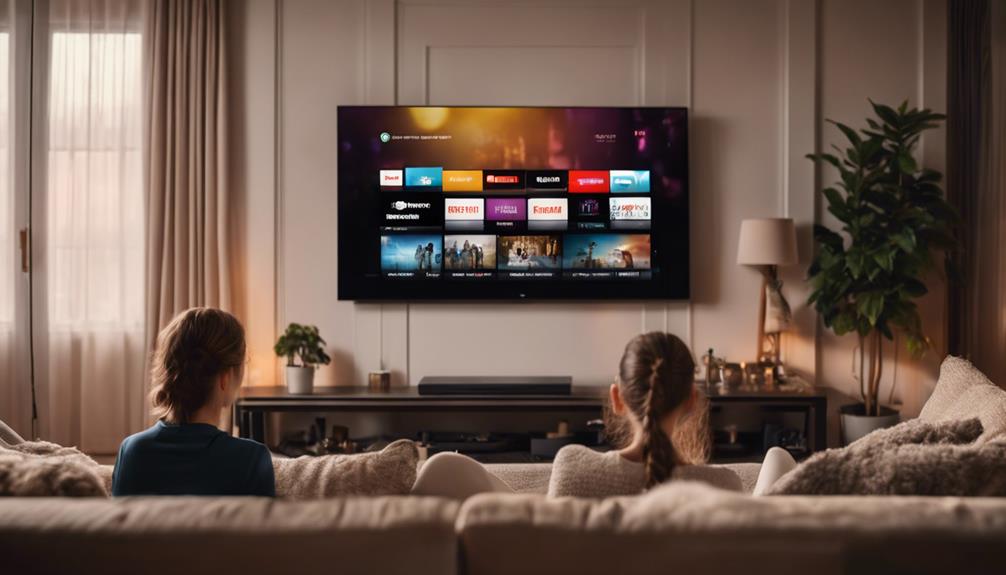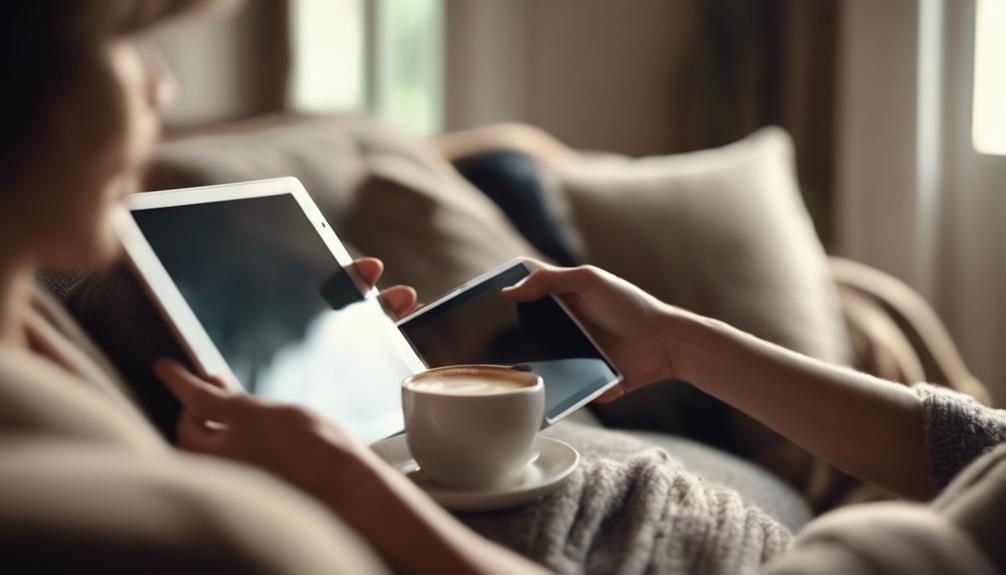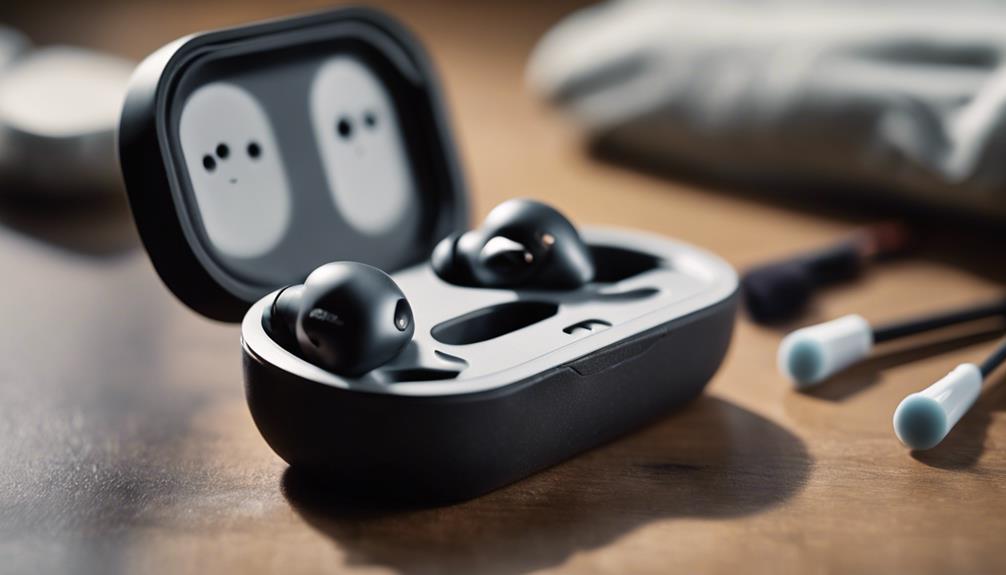
Introduction
In an age where security and surveillance technology is becoming increasingly accessible, household hidden cameras have emerged as a popular tool for homeowners seeking to enhance their personal safety and monitor their living environments. While these devices offer a sense of security and peace of mind, they also raise important ethical and legal considerations. This article aims to explore the various types of household hidden cameras available on the market, their intended uses, and the potential implications of their deployment in both private and public spaces. By examining the benefits and challenges associated with these surveillance tools, we hope to provide a comprehensive understanding of their role in modern households and the ongoing debate surrounding privacy and security in our daily lives.
Understanding the Purpose and Benefits of Household Hidden Cameras
Household hidden cameras serve multiple purposes that go beyond mere surveillance. They provide a sense of security by allowing homeowners to monitor activities in and around their property. This can be particularly beneficial for families with children or elderly relatives, as they enable caregivers to ensure the safety of vulnerable members. Additionally, these devices can deter potential intruders; the mere presence of a hidden camera can make a burglar think twice before attempting a break-in. Beyond security, hidden cameras can also help in documenting suspicious behavior from service providers or visitors, offering peace of mind in uncertain situations.
The benefits of using household hidden cameras extend into various facets of daily life. Most modern hidden cameras come equipped with features like live streaming, night vision, and motion detection, making them versatile tools for home observation. Homeowners can receive alert notifications right on their smartphones, ensuring they stay informed in real time. Here are a few key advantages:
- Enhanced security: Protect your home from theft and vandalism.
- Child and elderly supervision: Monitor family members’ safety and activities.
- Evidence collection: Gather proof of incidents for legal or personal use.
- Remote access: Keep an eye on your home from anywhere at any time.
Legal Considerations and Privacy Implications of Using Hidden Cameras
As the use of hidden cameras in households becomes more prevalent, understanding the legal considerations associated with their deployment is essential. In many jurisdictions, it is illegal to record individuals without their consent, especially in private spaces where there is a reasonable expectation of privacy. Consequently, homeowners must be aware of the laws that govern the use of surveillance equipment in their area. Engaging with legal counsel can help clarify these laws and prevent potential legal repercussions. Key considerations include:
- Consent Requirements: Laws vary by state and country regarding the necessity of obtaining consent before recording.
- Location of Surveillance: Recording in certain areas, like bathrooms or bedrooms, is often prohibited.
- Notification Obligations: Some jurisdictions may require signage indicating that surveillance is taking place.
In addition to legal implications, there are significant privacy concerns surrounding the use of hidden cameras. The potential invasion of privacy can lead to complications in relationships, trust, and even community dynamics. Adhering to ethical practices is crucial in order to maintain respectful boundaries while utilizing surveillance tools. Consider the following aspects when deploying hidden cameras:
- Transparency: Inform family members and guests about the presence of cameras.
- Purpose of Surveillance: Clearly define the reasons for using hidden cameras, such as security or safety.
- Data Protection: Ensure that recorded footage is secured and only accessible to authorized individuals.
Types of Hidden Cameras Suitable for Home Use
When considering hidden cameras for home use, there are several practical options that cater to varying needs and preferences. One popular choice is spy cameras, which are designed to blend seamlessly into your home decor. These may come in the form of wall clocks, plants, or even picture frames. Their inconspicuous design allows homeowners to maintain a sense of normalcy while keeping an eye on their surroundings. Another effective type is nanny cams, primarily used for monitoring caregivers and children. These cameras often have a user-friendly interface and can be accessed remotely via smartphone apps, providing peace of mind while you are away.
Additionally, motion-activated cameras are an excellent option for outdoor surveillance. These devices only record when movement is detected, conserving storage space and ensuring efficient use of battery life. Many motion-activated options also offer night vision capabilities, allowing for reliable monitoring both day and night. For those needing instant notifications, you might consider Wi-Fi security cameras, which allow real-time streaming and alerts directly to your device. Below is a brief comparison of these types:
| Camera Type | Best For | Features |
|---|---|---|
| Spy Camera | Discreet Monitoring | Stylish, inconspicuous |
| Nanny Cam | Child and Caregiver Monitoring | Remote access, user-friendly |
| Motion-Activated Camera | Outdoor Surveillance | Energy-efficient, night vision |
| Wi-Fi Security Camera | Real-Time Monitoring | Live streaming, instant alerts |
Key Features to Look for When Choosing a Hidden Camera
When selecting a hidden camera for your household, it’s essential to consider several key features that enhance both functionality and usability. First, video quality is paramount; look for cameras that offer at least 1080p resolution to ensure clear footage. Additionally, night vision capabilities are crucial for 24/7 monitoring, allowing you to capture activities in low-light conditions. consider the field of view; a wider angle will allow the camera to cover more area, reducing the number of cameras needed for comprehensive surveillance.
Another important aspect to keep in mind is storage options. Most modern hidden cameras come with a choice between cloud storage and local storage through SD cards. Evaluate the benefits of each, particularly in terms of accessibility and security. Additionally, connectivity features such as Wi-Fi capabilities can greatly facilitate real-time monitoring through mobile devices. Lastly, look for cameras with a discreet design that blends seamlessly into your home decor, ensuring that the camera remains inconspicuous while effectively performing its purpose.
Best Practices for Installing and Utilizing Hidden Cameras
When installing hidden cameras in your home, it is essential to consider their placement for optimal effectiveness. Select strategic locations where the cameras can capture significant activity without being obstructed. Common areas include entryways, living rooms, and kitchens. Ensure that the camera’s field of view covers the most critical spots while maintaining a natural appearance. Additionally, avoid placing cameras in private areas, such as bathrooms or bedrooms, as this can violate privacy regulations and disrupt trust within the household.
Once the cameras are installed, utilize the technology wisely. Regularly check your camera feeds and system functionality to ensure they are operating correctly. In addition, consider setting up alerts or notifications for movement detection to stay informed about any unusual activity. If your cameras have cloud storage capability, regularly back up important footage to avoid data loss. Furthermore, keep your camera firmware up to date to ensure enhanced security and performance, diminishing the risk of hacking or unauthorized access.
Maintaining Security and Ethical Standards in Home Surveillance
As household surveillance technologies continue to evolve, it is essential to prioritize security and ethical standards to protect the privacy of individuals within the home. Implementing safety measures can help to mitigate risks associated with hidden cameras. Some best practices include:
- Data Encryption: Ensure that the surveillance footage is encrypted to prevent unauthorized access.
- Secure Storage: Store recorded data in secure locations with limited accessibility.
- Regular Audits: Conduct periodic reviews of camera placements and functionalities to confirm compliance with ethical guidelines.
Moreover, transparency plays a crucial role in maintaining trust among household members. Informing everyone about the presence of surveillance devices and outlining their purpose can foster a respectful environment. Consider the following steps to enhance transparency:
- Clear Communication: Discuss the reasons and intended use of the surveillance system openly.
- Written Policies: Establish and distribute a clear policy regarding the use of hidden cameras.
- Feedback Channels: Create avenues for household members to provide feedback or concerns regarding camera usage.
Q&A
Q&A on Household Hidden Cameras
Q1: What are household hidden cameras?
A1: Household hidden cameras are discreet devices intended for surveillance within a home. They can take various forms, such as smoke detectors, picture frames, or even everyday household items, and are designed to monitor activities without drawing attention to themselves.
Q2: What are the primary uses of household hidden cameras?
A2: Hidden cameras are typically used for security purposes, such as monitoring for possible intruders or ensuring the safety of children and elderly family members. They can also be utilized for keeping an eye on caregivers or to capture evidence in case of disputes.
Q3: Are household hidden cameras legal?
A3: The legality of household hidden cameras varies by location and circumstance. In many jurisdictions, it is legal to use cameras in your own home as long as you do not invade someone’s reasonable expectation of privacy, such as recording in bathrooms or bedrooms. It is essential to familiarize yourself with local laws regarding surveillance.
Q4: How can one install hidden cameras effectively?
A4: When installing hidden cameras, consider placing them in areas that overlook key spaces without being intrusive, such as living rooms or entryways. Proper positioning is critical to ensure optimal coverage while maintaining discretion. Additionally, ensure that the camera has a stable power source, whether it be battery-operated or plugged in.
Q5: What should one consider when purchasing a hidden camera?
A5: Factors to consider include video quality (resolution), storage options (cloud vs. local), night vision capabilities, and whether the camera offers live streaming or motion detection. It’s also important to assess the level of discretion the camera offers and read reviews to ensure reliability.
Q6: Are there ethical concerns associated with using hidden cameras?
A6: Yes, the use of hidden cameras raises several ethical concerns, primarily related to privacy. Individuals being recorded may not be aware that surveillance is taking place, leading to potential violations of trust and privacy. It is crucial to weigh the reasons for installing hidden cameras against the ethical implications of surveillance.
Q7: How should one inform household members about hidden cameras?
A7: Transparency is key when using hidden cameras. Openly discussing the presence of cameras with household members can help build trust and ensure everyone understands the purpose behind the surveillance. In some cases, posting signs indicating surveillance may also be advisable.
Q8: What are common misconceptions about hidden cameras?
A8: A common misconception is that hidden cameras are only used for nefarious purposes. While they can be misused, many people install them to enhance home security and ensure the safety of their loved ones. Another misconception is that all hidden cameras are illegal; when used responsibly and within legal parameters, they can be legitimate tools for security.
Q9: How can one secure the footage collected by a hidden camera?
A9: Securing footage can be done by using encrypted storage systems, regularly updating passwords, and employing security software for connected cameras. If the camera uses cloud storage, ensure that it complies with strong data protection policies to safeguard personal information.
Q10: What should one do if they suspect their hidden camera is being misused?
A10: If there are concerns regarding misuse, it is advisable to temporarily disable the camera and assess the situation. Depending on the severity of the misuse—particularly if it involves illegal activity—consulting legal authorities or professionals might be necessary to address the issue appropriately.
Wrapping Up
the emergence of household hidden cameras has significantly transformed the landscape of security and surveillance within our homes. While they offer enhanced safety and peace of mind for many, it is essential to approach their use with a clear understanding of the ethical and legal implications involved. Considerations regarding privacy rights, consent, and the potential for misuse must remain at the forefront of any decision to install such devices. By staying informed about both the benefits and drawbacks of hidden cameras, homeowners can make responsible choices that prioritize safety while respecting the boundaries of personal privacy. As technology continues to evolve, it is crucial for users to remain vigilant and informed to effectively navigate the complexities associated with surveillance in their living spaces.





